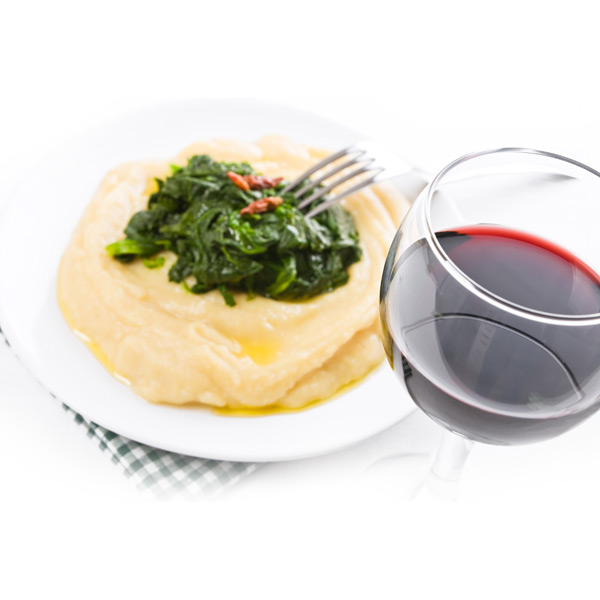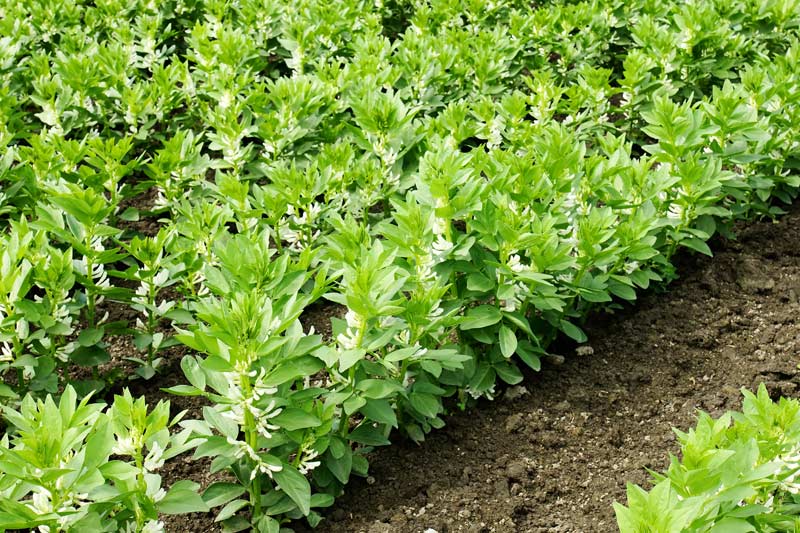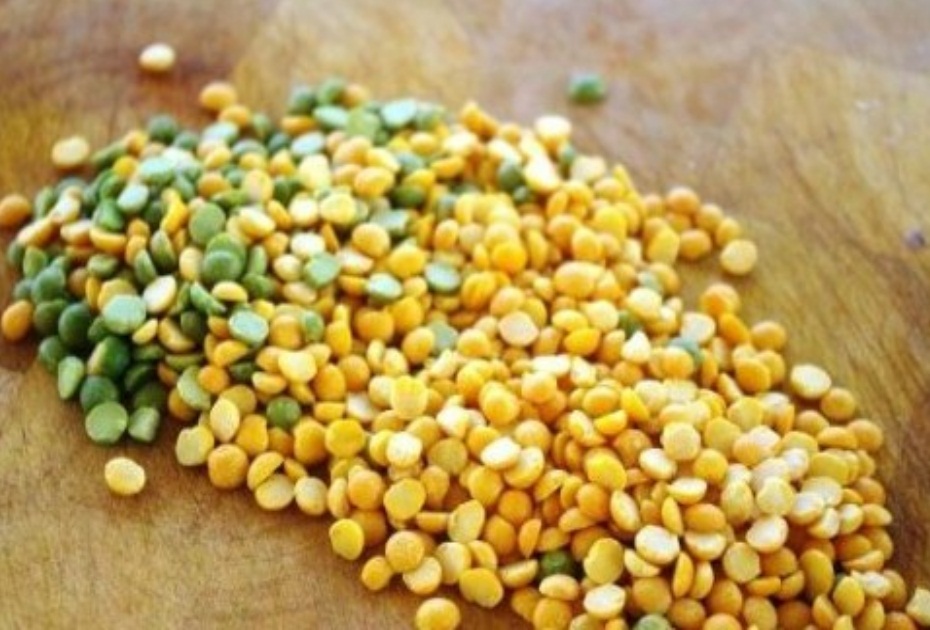
Fava Santorinis is one of the most traditional products of Greek nature and maybe the most ancient nutritional commodity in the Greek land. Its raw material varies depending on the place of manufacture. In Greece it is produced from the legume lathuri.
Lathuri is a type of fava. In Neolithic age, is cultivated in many Greek areas and especially in Santorini is consumed from the 2o century b.C . Its brand appears for the first time in Aeschylus’s manuscript at 6o century b.C as a humble food. The first identification of fava with the namesake food was done from the Greek doctor Dioskouridi at the 2o century b. C who mentioned fava as the bean’s name.
Fava is full of ferrum , potassium, vitamins B,C,E, folic acid, proteins, low fat content and high content of phytochemicals which help the reproductive process and the child’s growth. They are also suitable for heart disease prevention, cancer and diabetes.
Furthermore, fava is rich in dietary fiber which helps in constipation. Its consumption reduces cholesterol ensuring heart protection. For this reason, if we substitute the meat with this legume, we are making a gift to ourselves. On the contrary, the excessive consumption of meat is inappropriate for our heart because of its fatty substances.


The famous fava Santorinis considered one of the best of her kind with attractive color and raciness. So this simple feed has evolved from the modern chefs to a gastronomic food.
Especially Santorini’s chefs have touch up this food and they have made it the most popular and “in fashion” choice for summer vacations. In a few words, fava can easily be transformed to very delicious meals.



